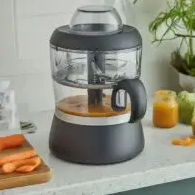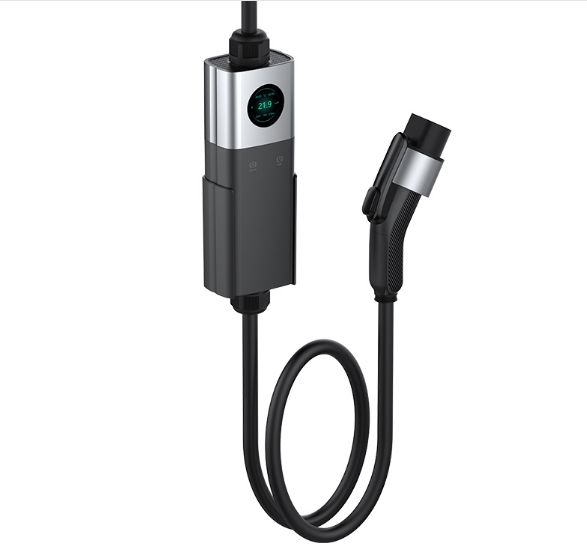When it comes to feeding your little one, nothing beats fresh, homemade baby food. A baby food mixer is an essential kitchen tool that helps parents prepare nutritious and delicious meals with ease. Whether you’re a first-time parent or experienced in the world of baby nutrition, a baby food mixer can simplify meal prep while ensuring your baby gets the best possible start in life.

Why You Need a Baby Food Mixer
- Healthy and Nutritious Meals
A baby food mixer allows you to control the ingredients in your baby’s food, avoiding preservatives and artificial additives found in store-bought options. - Cost-Effective
Buying fresh ingredients and making baby food at home is significantly cheaper than purchasing pre-packaged baby food over time. - Customizable Textures
Whether your baby is starting with purees or transitioning to chunkier textures, a baby food mixer gives you control over consistency to match their developmental stage. - Saves Time
With quick blending capabilities, you can prepare and store multiple meals at once, reducing daily cooking stress.
Features to Look for in a Baby Food Mixer
1. Powerful Blending Performance
A good baby food mixer should have strong blending power to handle fruits, vegetables, and even small amounts of meat effortlessly.
2. Multi-Functionality
Some models come with steaming, blending, and reheating functions, making meal prep even more convenient.
3. Easy to Clean
Look for mixers with dishwasher-safe parts or detachable blades for hassle-free cleaning.
4. Portability and Storage
Compact designs and portable models are great for parents who travel frequently or have limited kitchen space.
How to Use a Baby Food Mixer
Using a baby food mixer is simple:
- Prepare Ingredients
Wash, peel, and chop fruits, vegetables, or meat into small pieces. - Cook (If Needed)
Some ingredients, like carrots and potatoes, may need steaming before blending. - Blend
Place the cooked or raw ingredients in the mixer, add a little water or breast milk, and blend until smooth. - Store and Serve
Transfer the blended food into storage containers, refrigerate or freeze, and reheat when ready to serve.
Top Tips for Making Baby Food
- Start with Single Ingredients: Introduce one ingredient at a time to check for allergies.
- Experiment with Flavors: Combine different fruits and veggies to create tasty combinations.
- Use Fresh Ingredients: Opt for organic and seasonal produce whenever possible.
- Keep it Safe: Store food in airtight containers and use within recommended timeframes.
A baby food mixer is a game-changer for parents who want to provide fresh, healthy meals for their little ones. By choosing the right model and using it effectively, you can simplify meal prep, save money, and ensure your baby gets the best nutrition possible. Investing in a baby food mixer is an investment in your child’s health and well-being!

